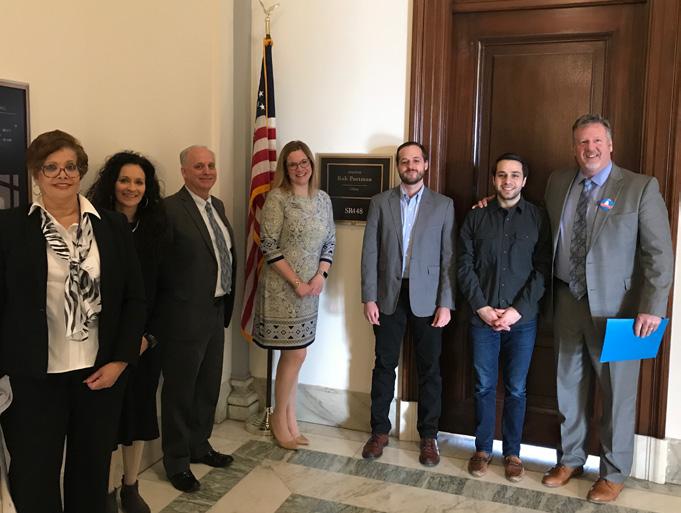Magic?
feature story
DO YOU BELIEVE IN
Unlocking the magic in the people in your school is the first step to creating real change. BY JACK HUNTER
OAESA PROFESSIONAL CONFERENCE PRESENTER
M
agic is defined as influencing the course of events through unusual means. If you followed sports in the 80’s you would remember Earvin “Magic” Johnson doing amazing things on the basketball court. Musical artists have written countless songs depicting the magic in their lives and the lives of others. Magic is everywhere: sports, music, people, and even schools. What created the “magical growth” in our staff and school community is the change process that follows. This year, we were designated as a School of Momentum by the Ohio Department of Education. It seems like magic that we improved our school from an “F” rated school to a “C” rated school. We are an urban school with a 100% free/reduced lunch population and 76% minority. Two years ago, I challenged my staff to look at a new math philosophy to change the systematic instruction of students in mathematics. This process was not just one strategy but a plethora of immediate formative assessment practices. We wanted to shift the learning process in mathematics from teacher-directed instruction to the gradual release of teacher control. Teachers began videotaping their lessons and sharing them with students prior to instruction. This allowed our staff to work at alternative pacing with different learners. It also allowed our educators to be mathematical coaches. Instead of teaching students the teacher’s way of solving the problems, the students were developing their own
24
principal navigator
strategies with the guidance of an educator. We noticed that through this process, students began to remember more of what they learned and were able to apply it on assessments. The magic of this model entailed embedding John Hattie’s highest effect size practice into the classroom. We chose to focus on the most applicable practice for immediate student growth, which was the self-reporting of student grades. The Instructional Model of Mastery in Mathematics (IM3) model that was created embedded John Hattie’s self-reporting of grades strategy, organically. This required very little professional development, as we were not looking to change our teachers’ styles. We were changing our mindset and content delivery. Through the creation of IM3, both students and teachers were beginning to experience the magic! Magic must also come from the administrator. The climate and the culture of a building starts with you, the administrator. You set the tone each and every day. You influence the mood of teachers and students prior to them attending class. You have the magic to improve your culture by your actions. Students will behave and culture will change when they believe you advocate for them. Behavior improves when students know that YOU care. You can improve your school just by focusing on mentorship and advocacy for students. Teachers also need support in behavior management and modification, as it is something that must be done frequently and consistently with your support. Anytime you are asking your staff
















